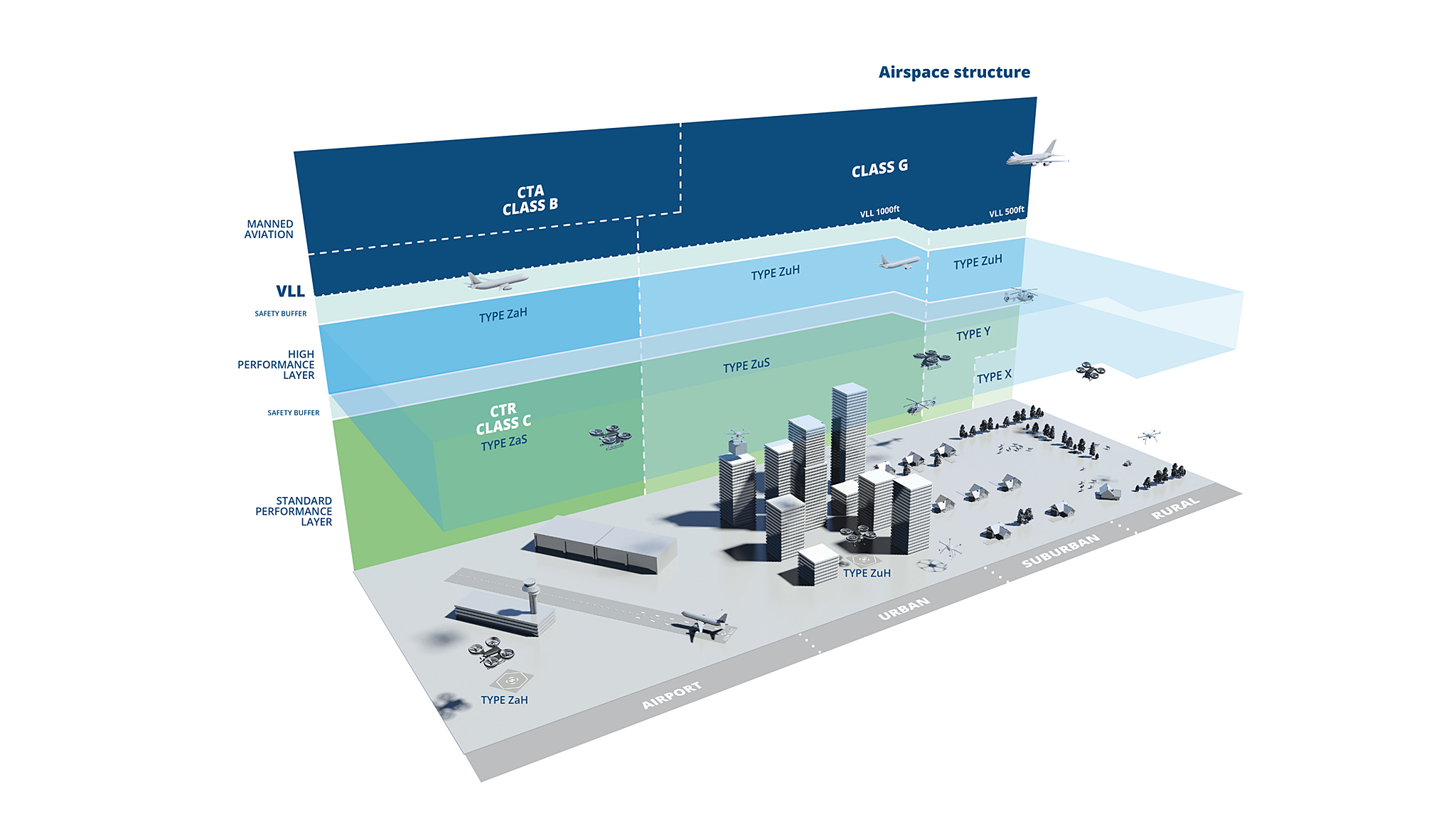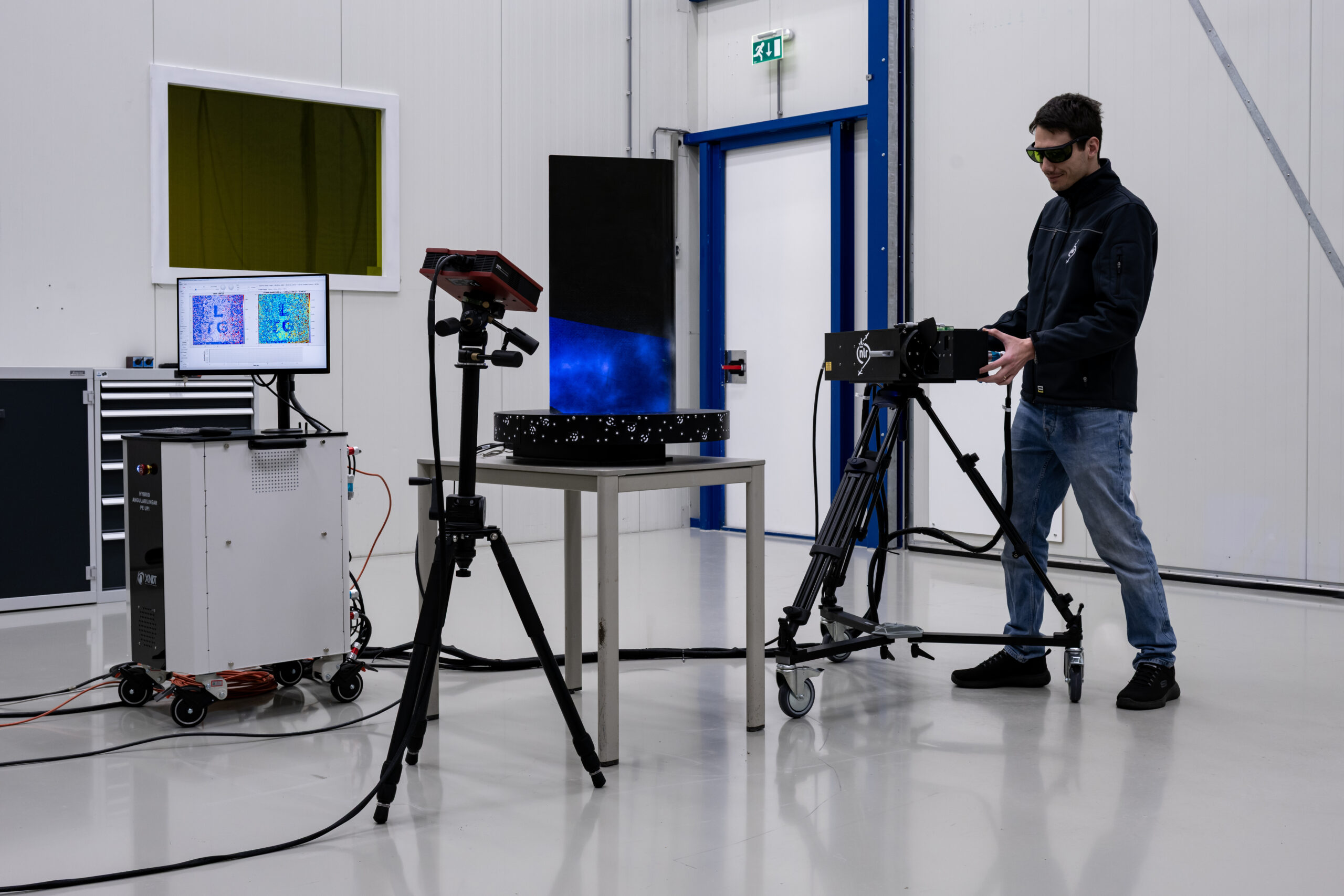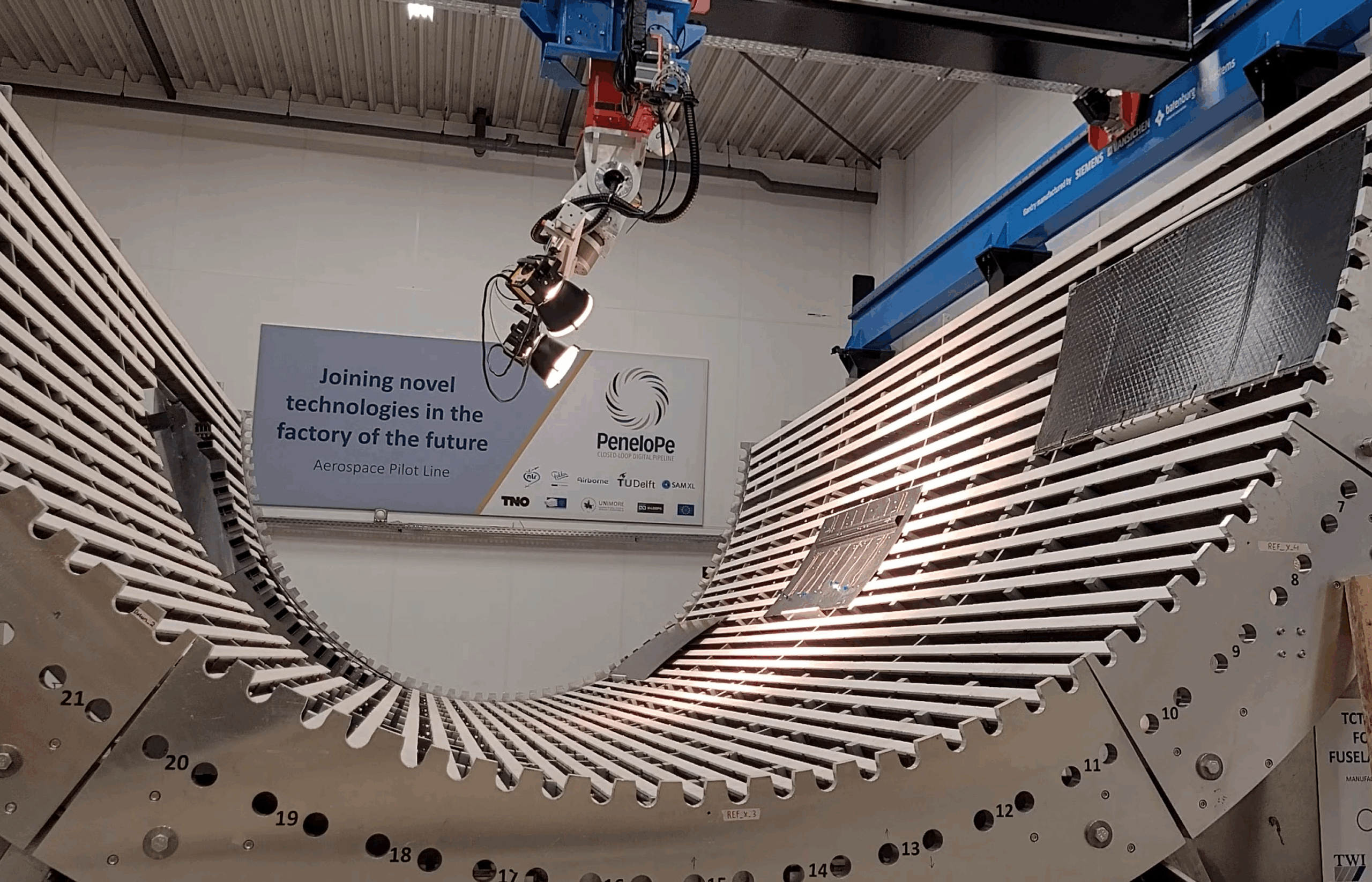U-space, the air traffic control system for drones, is a set of new services relying on a high level of automation. It offers great potential to fly drones simultaneously in complex environments and is regarded as an enabler for Urban Air Mobility. U-space will provide safe integration with manned traffic. Before the establishment of U-space, EC regulation requires the airspace to be designated as “U-space Airspace” and an airspace risk assessment is required.
The challenge
Before assigning part of the airspace as U-space Airspace, a good risk assessment will need to take place for the identification of hazards and mitigation of risks. These risks are air and ground related. In the air, other traffic, manned and unmanned, might intervene with the drone operations. On ground, hazards are related to population or infrastructure, causing risk to the people on the ground. Buildings or existing radio signals might interfere with a the signal to and from the drones. The airspace assessment considers both air and ground risks by first describing the current operations of manned and unmanned traffic. A forecast of future operations must be given as ‘refer[1]ence scenarios’ a number of use cases. The starting point of a thorough U-space airspace risk assess[1]ment is a thorough description that identifies relevant details such as population, public buildings, schools, or high risk industries.
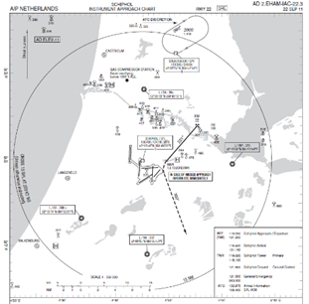
The solution
NLR designed an Airspace Risk Assessment method that fully complies with current EC-regulations. The method can be tailored for any specific location.
- provide the airspace risk assessment
- visualize and simulate airspace operations
- assess how U-space can help to mitigate hazards
- establish requirements for U-space Airspace
- define advanced U-space services
- define a concept of operations for the U-space Airspace to be established.
What did we do?
NLR has set up a method for the performance of an airspace assessment, in line with the EC regulation and accompanying guidance from EASA. The method follows a structured approach towards setting up a full airspace risk assessment for any area that is requesting the use of U-space.
NLR supports organisations, like municipalities, harbors, industry areas and ANSPs, that have plans to operate U-space. NLR per[1]forms the airspace risk assessment compliant with EC regulation 2021/664.
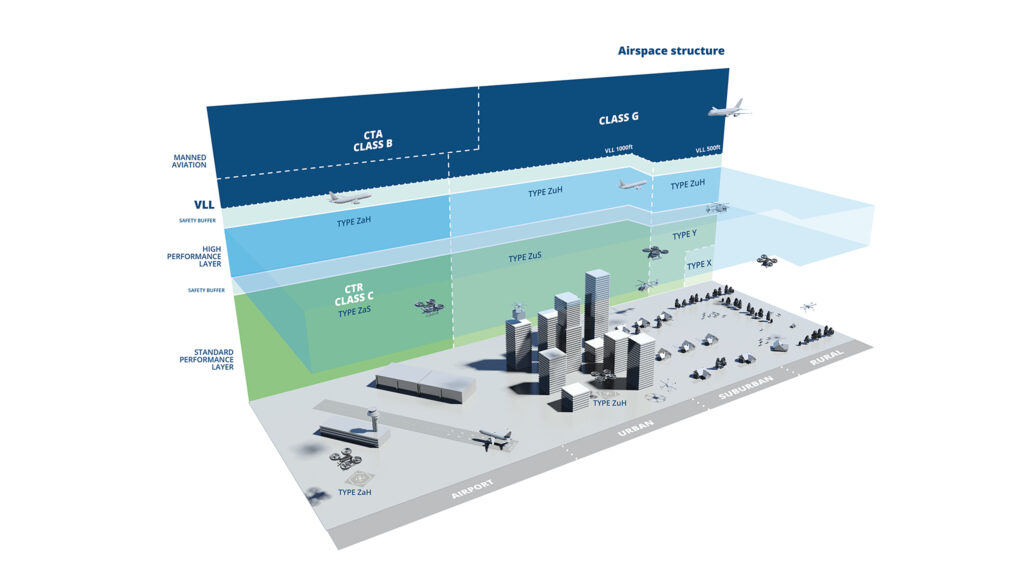
Project partners:
Government: Dutch Ministry of Infrastructure and Water infrastructure
Research organisation: Royal NLR
